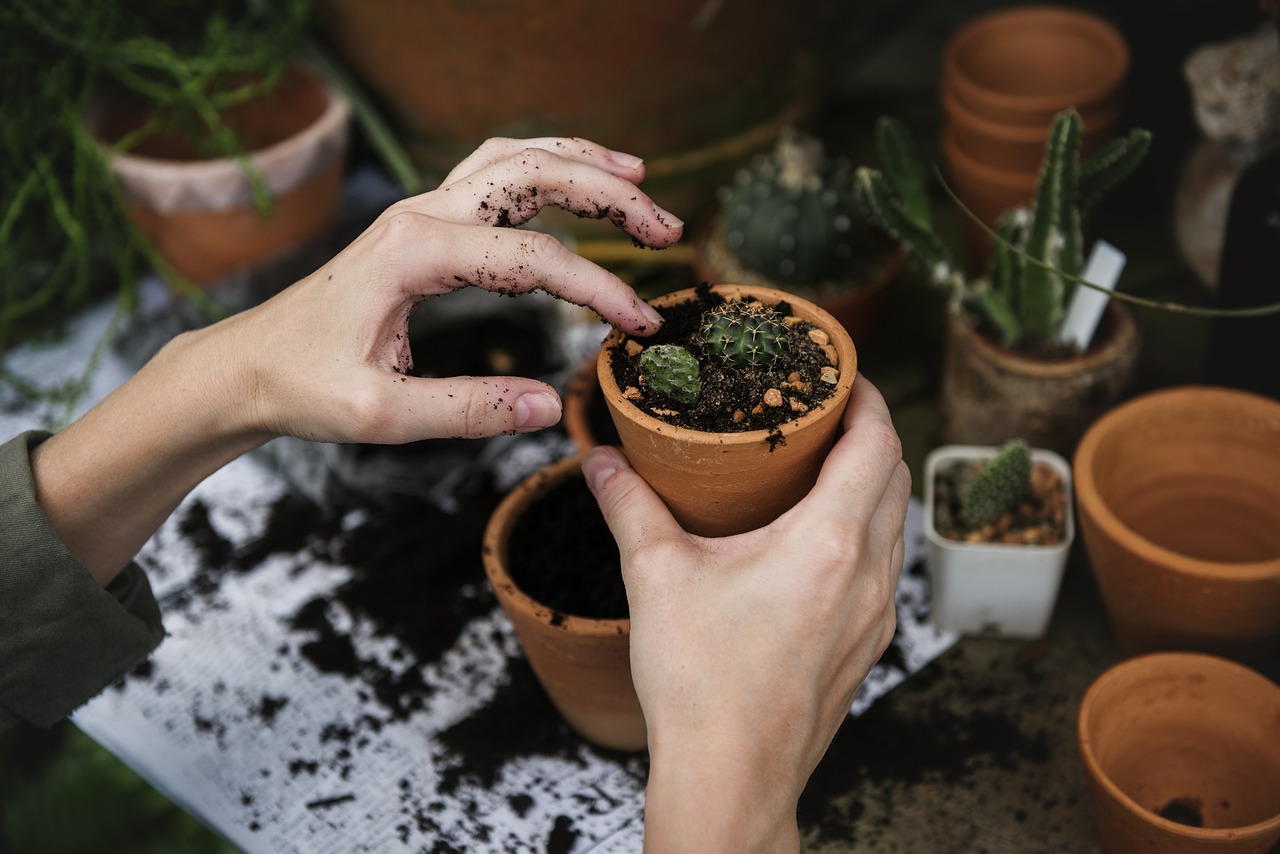The Enchanting World of Bioluminescent Indoor Plants
In the realm of home decor and gardening, a captivating trend is emerging that brings the mesmerizing glow of nature's nighttime wonders into our living spaces. Bioluminescent indoor plants, once a concept confined to science fiction, are now becoming a reality for plant enthusiasts and interior design aficionados alike. This innovative fusion of biology and aesthetics offers a unique way to illuminate our homes while connecting us to the magical world of natural light emission.

The Science Behind the Glow
Bioluminescence, the production and emission of light by living organisms, has long fascinated scientists and nature lovers. In the wild, this phenomenon can be observed in various creatures, from fireflies to deep-sea fish. The process involves a chemical reaction between a light-emitting molecule called luciferin and an enzyme called luciferase, resulting in the release of energy in the form of light.
For years, researchers have been exploring ways to harness this natural light-producing ability and introduce it to plants. Through advances in genetic engineering and biotechnology, scientists have successfully transferred bioluminescent genes from organisms like bacteria and fungi into plants, creating varieties that emit a soft, continuous glow.
From Laboratory to Living Room
The journey of bioluminescent plants from scientific curiosity to home decor element has been a fascinating one. Early experiments focused on creating glowing tobacco plants and arabidopsis, but these were primarily for research purposes. As the technology advanced, scientists began to consider the potential applications in horticulture and interior design.
Today, several companies are at the forefront of developing and commercializing bioluminescent plants for home use. These plants range from common houseplants like pothos and peace lilies to more exotic varieties, each genetically modified to produce their own gentle light. The result is a living, breathing nightlight that serves both functional and aesthetic purposes in our homes.
Design Possibilities and Aesthetic Impact
The introduction of bioluminescent plants into interior design opens up a world of creative possibilities. These glowing wonders can serve as focal points in a room, creating an otherworldly ambiance that’s both soothing and stimulating. Designers are incorporating them into various styles, from minimalist modern to eclectic bohemian, using their soft radiance to enhance mood lighting and create unique visual experiences.
One popular approach is to group bioluminescent plants together to create a miniature nocturnal garden. This can be particularly effective in bedrooms or meditation spaces, where the gentle glow promotes relaxation and a connection to nature. In larger living areas, strategically placed glowing plants can guide movement through the space, eliminating the need for harsh artificial lighting at night.
Practical Considerations and Care
While the idea of self-illuminating plants is undoubtedly exciting, potential owners should be aware of the specific care requirements these botanical marvels need. Bioluminescent plants typically require similar care to their non-glowing counterparts in terms of watering, light, and nutrition. However, there are some unique considerations:
Light Cycles: Most bioluminescent plants are engineered to glow continuously, but some varieties may have a circadian rhythm that affects their luminescence. Understanding these patterns is crucial for optimal enjoyment and plant health.
Energy Requirements: The process of producing light does require energy from the plant. As such, bioluminescent varieties may need slightly more attention to nutrition and overall health to maintain their glow while staying vibrant.
Longevity: Current bioluminescent plants have a lifespan comparable to their non-glowing counterparts. However, as the technology is still relatively new, long-term studies on their lifespan and generational stability are ongoing.
Environmental and Ethical Considerations
As with any genetically modified organism, the development and use of bioluminescent plants come with environmental and ethical considerations. Proponents argue that these plants offer a sustainable alternative to artificial lighting, potentially reducing energy consumption in homes. Additionally, they may spark greater interest in plant care and biology among the general public.
However, critics raise concerns about the potential ecological impact if these modified plants were to cross-pollinate with wild species. To address these concerns, most commercially available bioluminescent plants are sterile hybrids, incapable of reproducing or spreading their modified genes.
The Future of Illuminated Flora
The field of bioluminescent plant development is rapidly evolving, with researchers continually pushing the boundaries of what’s possible. Future advancements may include plants with controllable luminescence, allowing users to adjust the intensity or color of the glow. There’s also potential for developing plants that respond to external stimuli, such as sound or touch, creating interactive living art pieces.
As this technology matures, we may see bioluminescent plants moving beyond home decor into public spaces, offering eco-friendly lighting solutions for parks, buildings, and even city streets. The possibilities are as limitless as our imagination, promising a future where the line between nature and technology becomes beautifully blurred.
In conclusion, bioluminescent indoor plants represent a thrilling convergence of science, nature, and design. As we continue to seek ways to bring the outdoors in and create more sustainable, engaging living spaces, these glowing marvels offer a glimpse into a future where our homes are not just shelters, but living, breathing ecosystems that light up our lives in the most magical of ways.





